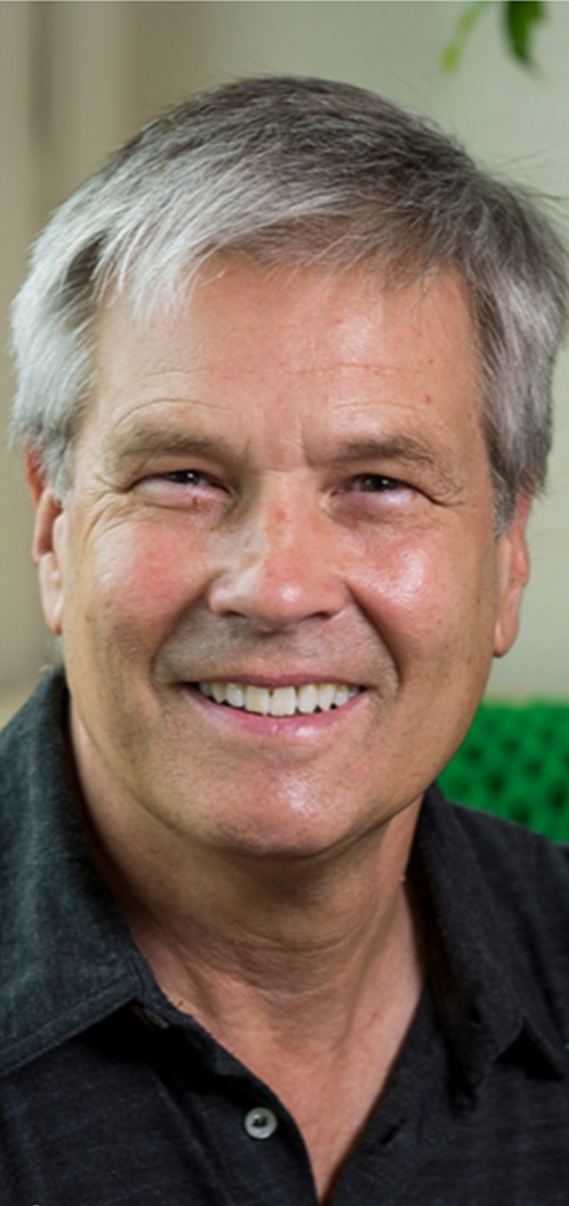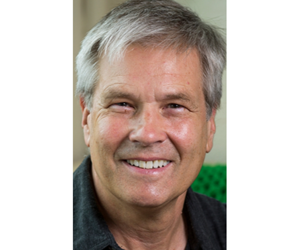
Image of Paul Steen, reproduced with permission from Cornell Engineering.
Cornell University Professor and long-time Associate Editor of the Journal of Fluid Mechanics (2000–2012) Paul Steen died of heart failure on September 4, 2020. Paul graduated from Brown University majoring in English Literature and Engineering, with a concentration in bio-engineering, followed by a year abroad at Bristol University (taking courses in English Literature and Engineering) and some summer months in fluid-mechanics labs at Goettingen University. He then enrolled in The Mechanics Department at The Johns Hopkins University. Paul subsequently began working with me on the passage through resonance of nonlinear tightly-coupled oscillators, showing that both phase-coupled and quasi-periodic domains appear. When I moved to Northwestern University in January 1979, Paul moved with me to complete his dissertation. Paul then accepted a post-doctoral position at Stanford University with Bud Homsy in Chemical Engineering (1981–1982), after which he took a faculty position in Chemical Engineering at Cornell University. This was to be his academic home for 38 years becoming the Maxwell M. Upson Professor of Engineering in 2008.
Paul's research interwove theoretical and applied nonlinear dynamics in fluids with a practical bent rarely seen in such activities. An early project delved into the onset of chaotic time dependence in Bénard convection at high Rayleigh number R. In studies with Graham, Aidun and Hu, Paul considered convection in blocks of porous material and, by using nonlinear dynamical methods, was able to find not only the transition R but also the mechanism for the transition. This was a tour de force. Paul studied theoretically and experimentally planar-flow spin casting, an industrial process in which molten metallic alloy flows onto a rapidly moving substrate, where it spreads into a thin film that solidifies. It then dislodges from the substrate forming industrially important ribbons of metal. He found by careful asymptotic analysis that even though freezing is rapid and forms a metallic glass, the fluid mechanics is much faster, leading to a fluids problem decoupled from the materials problem. A further examination of the physics of the molten alloy upstream of solidification was awarded the Henry Marion Medal by the ASM International. A large part of Paul's research concerned the nonlinear dynamics and stability of fluids with interfaces, especially the forming and shaping, and making and breaking of liquids with inertia. The high-Reynolds-number aspect is nearly unique to the field. His contributions are too numerous to itemize here. They involved instability of drops, liquid bridges, beads and rivulets. One set of papers with Bostick extends theories on moving contact lines to inertially dominant regimes, giving great insight into new areas.
Finally, on the personal side, Paul wore his exceptional abilities lightly; he was a soft-spoken gentleman with a fine sense of humour. It was a pleasure to interact with him as a colleague and a friend. Paul leaves behind his wife Kyra Stephanoff and daughters Ana and Frances, from whom he gained much support over the years.
Declaration of interest
The author has no conflicts of interest.




